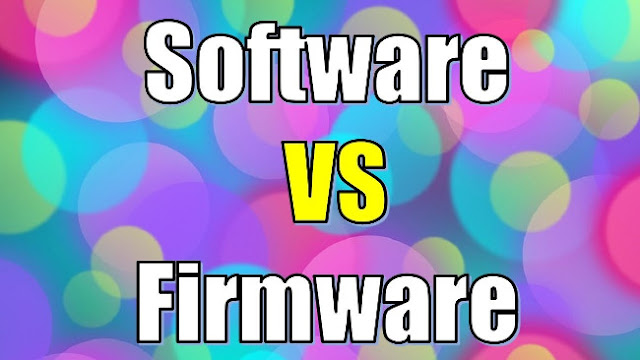Software refers to a collection of programs, data, and instructions that enable a computer or electronic device to perform specific tasks. It encompasses all the intangible components that make a computer or device function and perform various operations. Software can be categorized into different types, including system software, application software, and firmware.
System Software: System software is responsible for managing and controlling the computer hardware, providing a foundation for running other software. It includes the operating system (e.g., Windows, macOS, Linux), device drivers, and utility programs that facilitate system maintenance and operation.
Application Software: Application software refers to programs designed to perform specific tasks or applications, such as word processing, spreadsheets, web browsing, or photo editing. These software applications are created to address specific user needs and provide functionality beyond the basic operation of the computer system.
Firmware: Firmware is a specific type of software that is closely associated with hardware components. It resides in non-volatile memory chips, such as ROM (Read-Only Memory) or flash memory, within devices like smartphones, printers, routers, or digital cameras. Firmware acts as an intermediary layer between the hardware and the higher-level software. It provides low-level control and instructions for the hardware to perform specific functions.
Key Differences between Software and Firmware:
Functionality: Software offers a wide range of applications and functions that are not directly tied to the hardware. It can be installed, updated, or removed by the user. In contrast, firmware provides instructions specific to the hardware it is embedded in, enabling the device to operate and interact with other components. Firmware is usually pre-installed by the manufacturer and requires special procedures to update or modify.
Volatility: Software is typically stored on storage media like hard drives, solid-state drives, or cloud servers. It can be easily modified or deleted by the user without affecting the hardware. On the other hand, firmware is stored in non-volatile memory and remains persistent even when power is removed from the device. It is designed to be more stable and resistant to accidental modifications.
Upgradability: Software can be regularly updated by the user or the software developer to provide bug fixes, feature enhancements, or security patches. Users can download and install software updates to improve performance or add new functionalities. Firmware updates, on the other hand, often require specialized procedures and tools. They are usually provided by the device manufacturer to address hardware-level issues, improve compatibility, or introduce new features.
In summary, software encompasses all the programs, data, and instructions that enable computer systems to perform various tasks. It includes system software and application software. Firmware, on the other hand, is a specific type of software closely tied to hardware, providing low-level instructions and control for device-specific functions. It is stored in non-volatile memory and requires specialized procedures for updating or modifying.
Source: Some or all of the content was generated using an AI language model


No comments:
Post a Comment